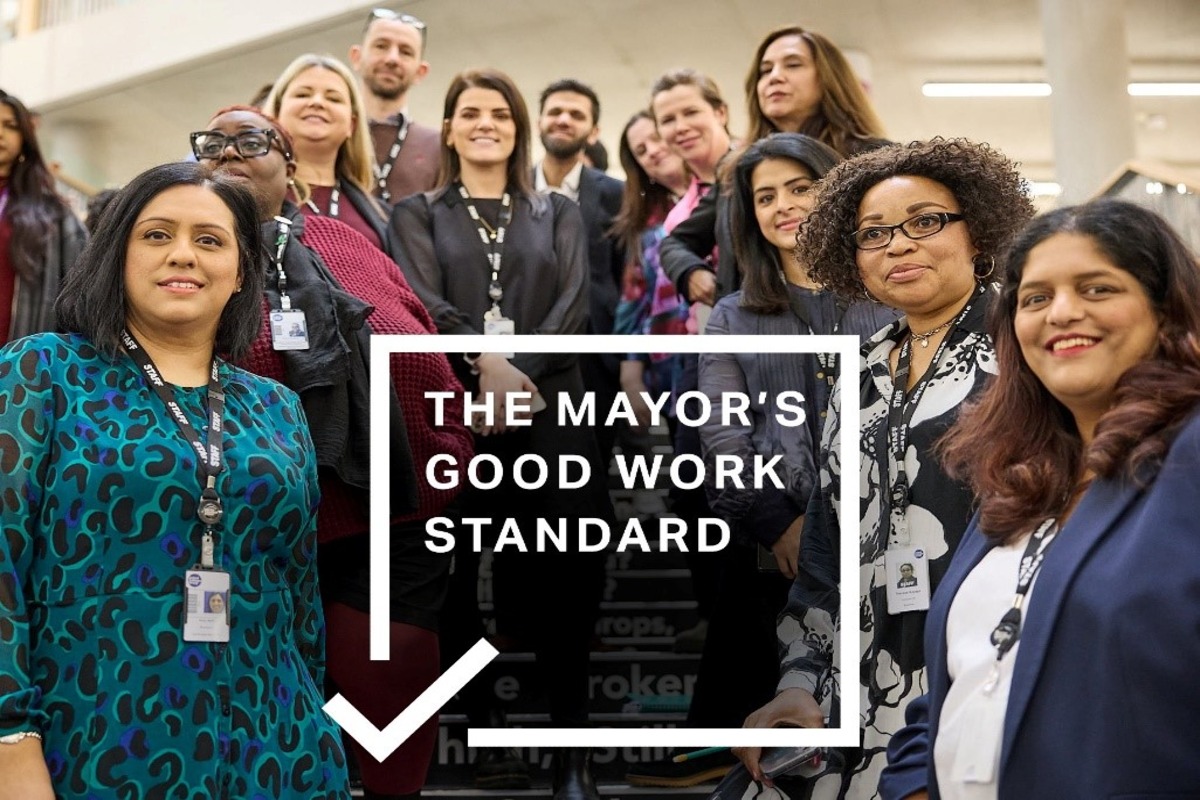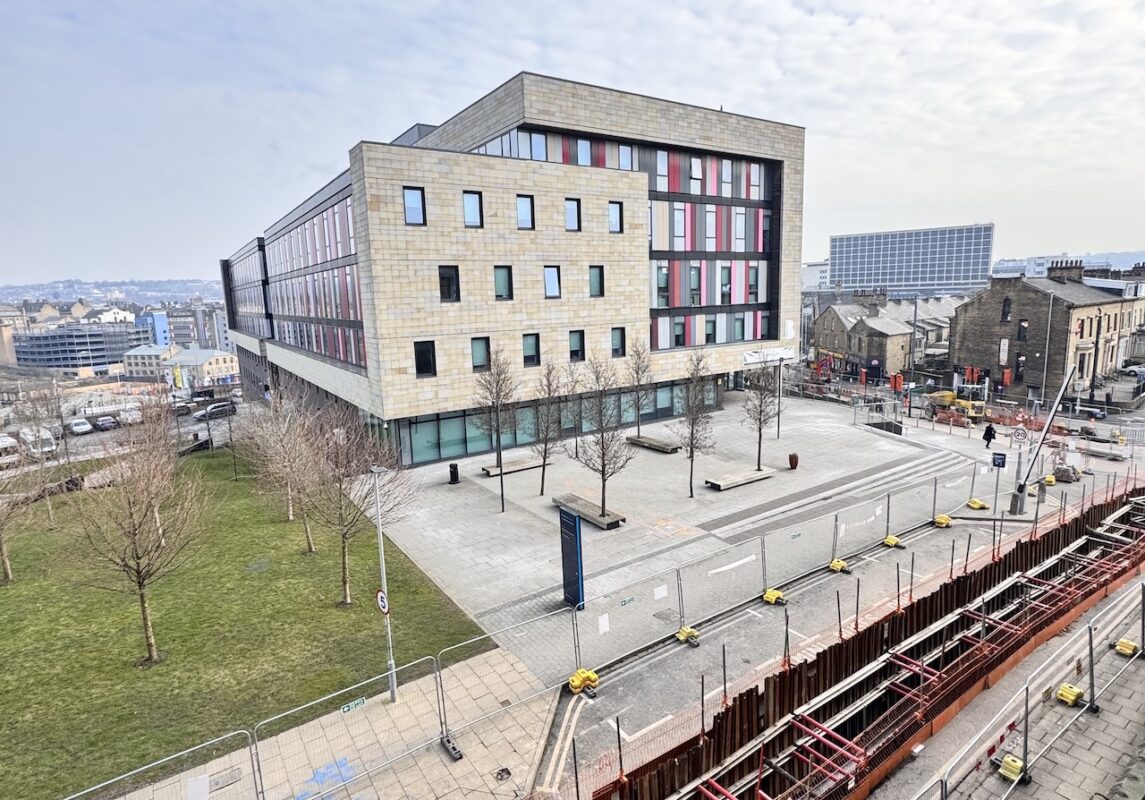Being More Eco-Friendly This Earth Day

An alarming 83% of workers report their workplaces are not doing enough to address climate change. This is especially concerning considering the vast numbers of changes which are needed in order to reach net-zero greenhouse gases by 2050 and keep the global temperature below 1.5 °C. Therefore, this Earth Day is an opportunity for individuals and companies alike to unite behind a common goal.
We spoke to a variety of business leaders about what strategies can be implemented by both organisations and individuals to honour Earth Day this year and ensure we are moving towards a more sustainable future.
The Biggest Culprits
Mark Onisk, Chief Content Officer at Skillsoft notes how in today’s climate, attitudes are changing as “Pressure is mounting for all organisations to be more socially, environmentally, and economically sustainable, with the ultimate goal of reaching a place of net-zero emissions”. This pressure applies to all areas as Gerard O’Keeffe, Managing Director of Utilities and Infrastructure at Totalmobile highlights: “Every sector of business and industry has its role to play in changing the impact it has on our planet. Everyone has a responsibility. However, some sectors like utilities, transport, and housing are coming under the spotlight faster and more fiercely than others, proportional to their impact”.
The data centre industry is one of those sectors gaining lots of attention when it comes to sustainability, or lack thereof. “Expected to become the biggest global consumer of electricity in the ICT sector by 2025, the data centre industry is set to leave a far from desirable footprint in the wake of the current climate change agenda,” remarks Terry Storrar, Managing Director at Leaseweb UK.
The impact of the pandemic, hybrid working and a 24/7 need to access data explain why this industry is so environmentally unfriendly. He adds, “As businesses continue to become aware of the benefits of cloud services, the growth of the data centre industry is set to increase. Whilst this presents great opportunities for the data centre sector, we must remain aware of the sustainability black mark that could soon have an adverse effect on the industry’s reputation and future success”.
Proactive Measures
When it comes to climate change, the scale of the problem can often feel overwhelming, therefore it is useful to view it in a local and achievable context. Anna Allwright, Strategy Specialist at Cubic Transportation Systems, shares these tips: “This Earth Day, it’s critical to remember that one of the most important ways we as individuals can invest in our planet is to be conscious of the environmental impact of our daily travel choices, and where possible choose to walk, cycle or public transportation instead of driving a single occupancy vehicle. Just as nutritional information is widely available and people are becoming more conscious of the calories they consume, we want to encourage everyone to become more aware of their travel carbon footprint, and make smart, eco-friendly transportation choices”.
However, she acknowledges that environmental responsibility shouldn’t solely rest on the shoulders of individuals. “When it comes to allocating funds for infrastructure, the government often places an emphasis on roads and bridges rather than supporting public transit. Instead, we need to be putting these funds towards providing shared, climate-friendly options so public transit can easily be everyone’s go-to method of transportation”.
Technology and its Role in Sustainability
Organisations are having to overhaul and redesign their infrastructures in order to be more climate-friendly, and this is something that is happening in all sectors, from transport to retail. Rob Shaw, SVP Global Sales at Fluent Commerce, discusses the value of technology in facilitating this sustainable transformation: “retail businesses who invest in the latest order management software have a much better chance of both meeting their customers’ needs whilst still increasing their sustainability. This software allows retailers to ensure that the right products are being manufactured at the right time, without overproduction that could lead to waste”.
He adds that “It can also be used to improve delivery procedures – for example, by grouping products together for fewer deliveries. Technology also enables customers to choose a delivery method according to their area, so that the retailer can deliver multiple goods to customers who live in the same place, rather than having to do individual trips on different days. They can also choose click and collect options to fit in with journeys they are already taking, saving a home delivery altogether”.
Technology can certainly aid sustainability, but that’s not to say that smaller human efforts can’t be equally as effective. Hugh Scantlebury, CEO and Founder of Aqilla, highlights measures which can be taken in the accounting sector to reduce its carbon footprint. “For example, it could reduce the amount of paper it uses and source servers that don’t use as much power — either for data processing or cooling. It could also do more to encourage employees to travel on public transport where possible. Simple actions like these can make a huge difference”.
Going Forward
Digital innovation will be a key component looking forward as we map the future around sustainability. Rich Pugh, Chief Data Scientist at Ascent, notes that “Globally, data scientists blend human expertise with technology to assess data and review the impact of problems causing climate change. This insight informs government policy, which then filters across the economy and society to deliver meaningful impact. In the UK, for example, it is now national policy to cut carbon emissions by 78% by 2035, and data science will play a key ongoing role in the further development of policies in the years ahead”.
He concludes: “On a day-to-day basis, businesses everywhere will need to make a major contribution if this target is to be reached. The sustainability of every organisation depends on addressing the impact of its operations across the supply chain. Everything from water consumption, pollution and plastic reduction to carbon emissions, waste and recycling is part of the equation, and data science modelling is increasingly being used by businesses to assess the likely impact of their actions and the quality of decision-making”.
The targets we need to achieve may be difficult but, provided the effort is put in across the board, they are very much tangible.











Responses